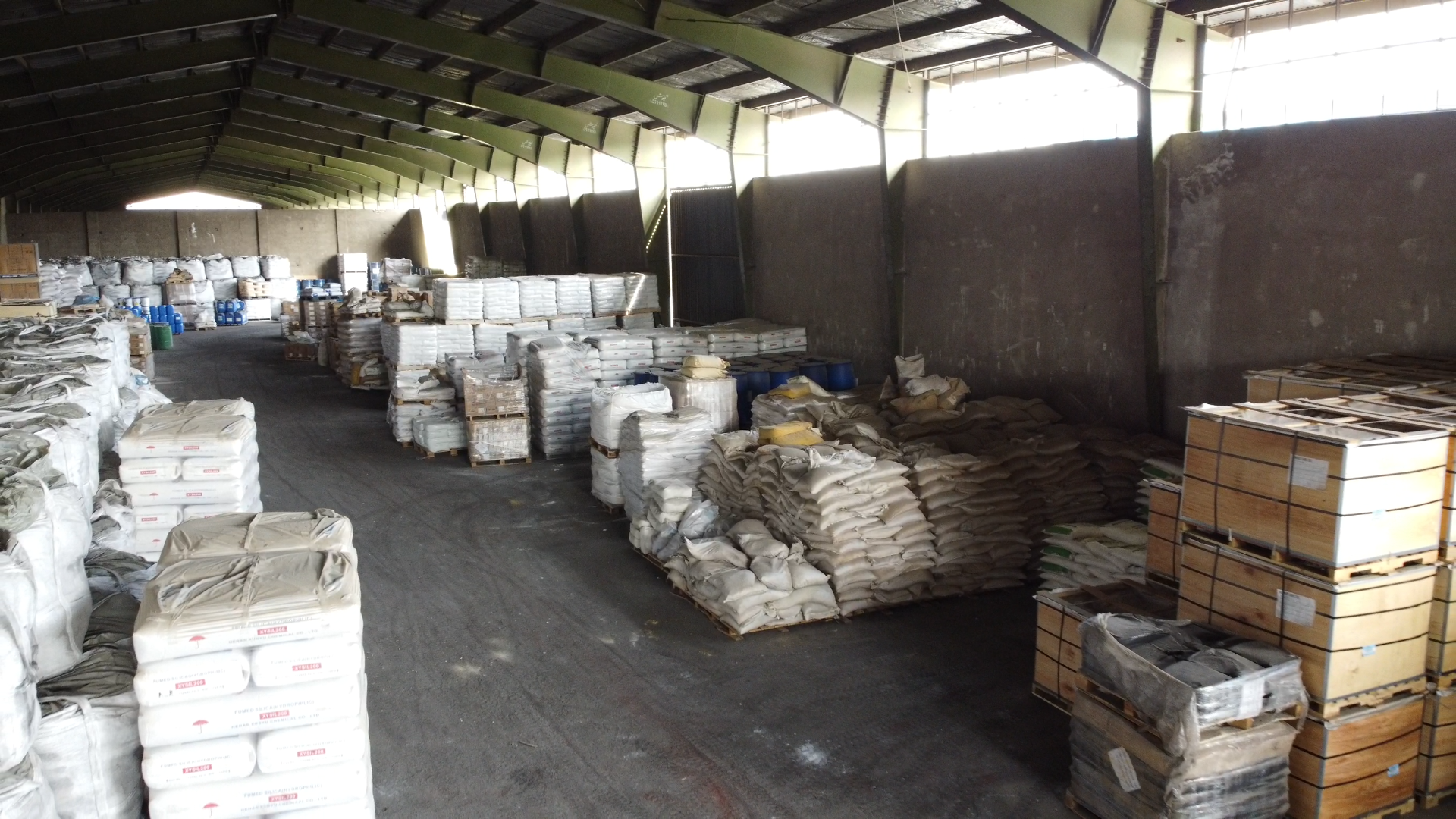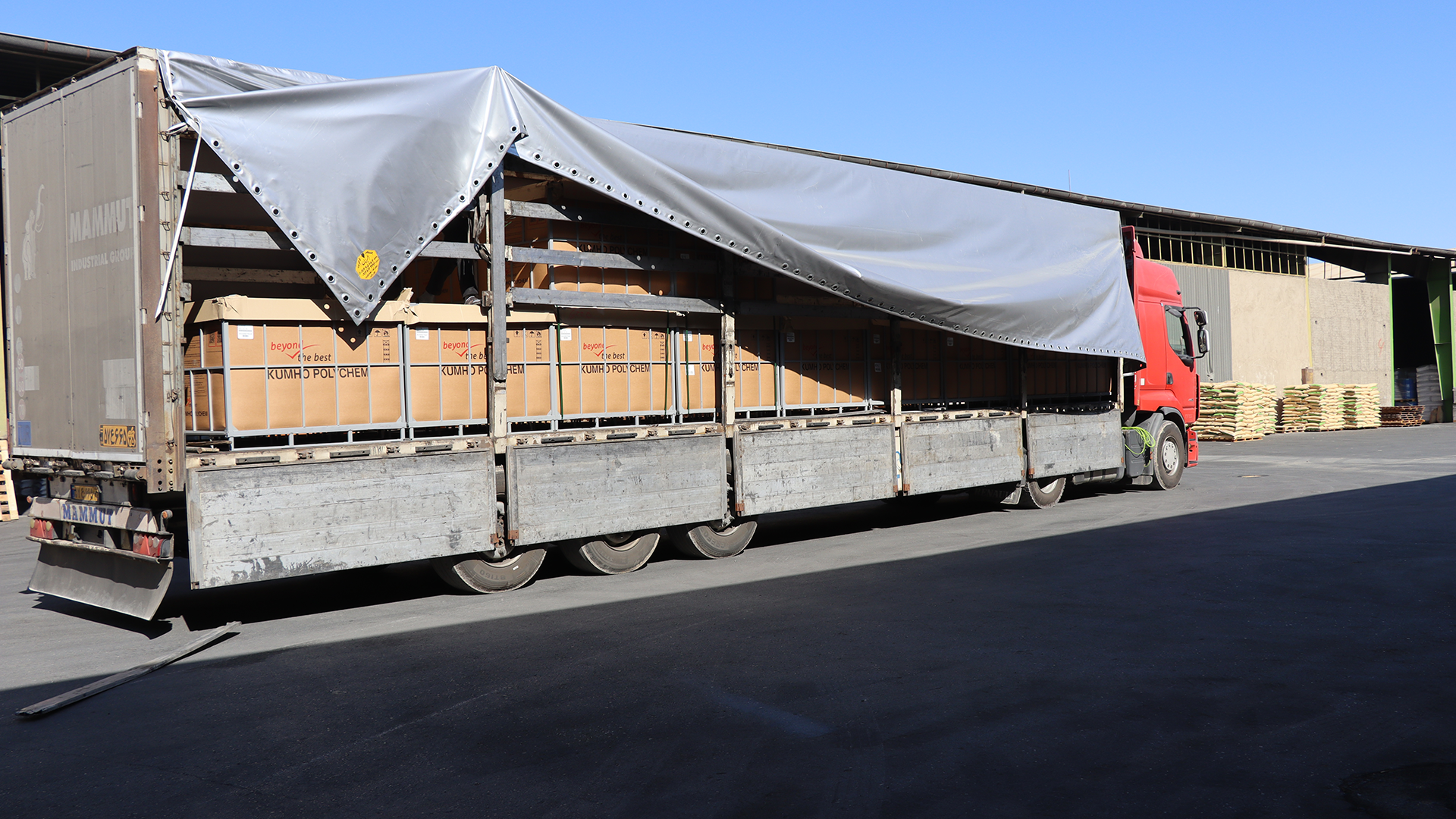Accelerators are among the materials that are used during the polymerization process of a polymer. The main task of accelerators is to help synthesize rubber during the curing process, which is also called sulfur curing. Polymer accelerators are used to produce various types of rubber such as isoprene, styrene, butadiene and NBR.
Types of accelerators:
- Primary accelerator: this group of accelerators usually have a long burning time and are quickly cooked in the main stage of vulcanization.
- Secondary accelerator: have a synergistic effect on baking and are used in a lower concentration.
Types of primary accelerators:
Sulfonamides:
They are one of the most popular primary accelerators. They can be synthesized by reacting 2-mercaptobenzothiazole with simple amines such as cycloheylamine or tert-butylamine.
These materials are often used in combination with small amounts of basic secondary accelerators such as: diphenylguanidine (DPG), diortotolylguanidine (DOTG) or tetramethylthiuram mono- or disulfide (TMTM, TMTD). These auxiliary accelerators increase the curing speed but also reduce the burn safety of the polymer. One of the problems of sulfonamides is their limited stability in storage. Sulphenamides decompose when exposed to high humidity and heat, and therefore must be stored in a cool, dry environment. Among the types of sulfonamides, the following can be mentioned:
- N-yclohexyl-2-benzothiazyl sulfonamide (CBS)
- N-tert-butyl benzothiazyl sulfonamide (TBBS)
Thiazoles:
They are the most widely used primary vulcanization accelerators that enable curing at high temperatures and are used for a wide range of rubber products. Thiazoles are activated by zinc oxide and stearic acid and are combined with small amounts of secondary accelerators such as diphenylguanidine (DPG) and diurtotolylguanidine (DOTG) to increase the curing speed. The most common thiazoles include:
- 2-benzothiazole disulfide (MBTS)
- 2- Mercaptobenzothiazole (MBT)
- Zinc mercaptobenzothiazole salt (ZMBT)
Types of secondary accelerators:
Thiurams:
they are fast and effective accelerators and can be used for all common unsaturated rubbers such as BR, SBR, IR, NR, NBR. These compounds act not only as accelerators, but also as donors (i.e. enabling sulfur-free baking). Also, these compounds are used in systems with low or no sulfur content and for unsaturated rubbers such as IIR and EPDM. Three common theorems in the industry are:
- Tetramethyl thiuram monosulfide (TMTM)
- Tetramethyl thiuram disulfide (TMTD)
- Dipentamethylene thiuram tetrasulfide (DPTT)
Advantages of using tiuram: rubber products cured with these curing materials have high resistance to heat and water vapor. However, baking materials are more expensive.
Guanidines:
condensation products of aromatic amines (aniline) and carbon disulfide. The two guanidines used on a commercial scale are:
- Diphenyl guanidine (DPG)
- N’-N-diuretolylguanidine (DOTG)
Both of these guanidines alone have a low curing speed and require the use of zinc oxide for activation. These accelerators are a good choice for thick-walled rubber products and are often used as secondary accelerators in combination with thiazoles to cure rubber products. In the presence of guanides, Gives rubber good physical and mechanical properties such as high modulus. However, it is not recommended for light-colored products because it causes the product to turn brown.
Dithiocarbamates:
These compounds are ultra-fast accelerators that require initiators such as zinc oxide/fatty acid for activation. Three very common of these compounds are:
- dimethyl-dithiocarbamate (ZDMC)
- diethyl-dithiocarbamate (ZDEC)
- diburyl-dithiocarbamate (ZDBC)
All three of these compounds have similar reactivity. Dithiocarbamates are a good choice for low-temperature and low-sulfur curing. Also, these compounds are used as fast secondary accelerators for curing white or transparent rubber products.
Advantages of using accelerators:
- Preventing the creation of dust during the process
- Saving raw material consumption
- No damage to the environment
- The good quality of the accelerator increases the efficiency and performance of the rubber material production process.
- speeding up the cooking process
Disadvantages of excessive use of accelerators:
- It causes wear in the product.
- If sulfur and accelerator are used excessively, the properties of rubber will decrease and the product will become plastic.









